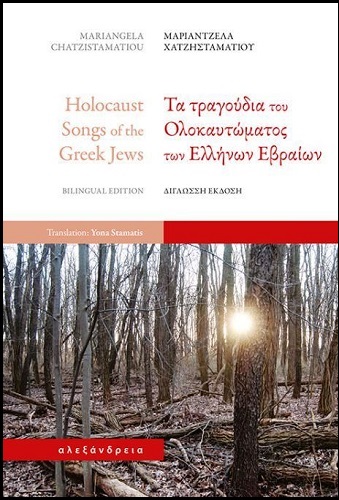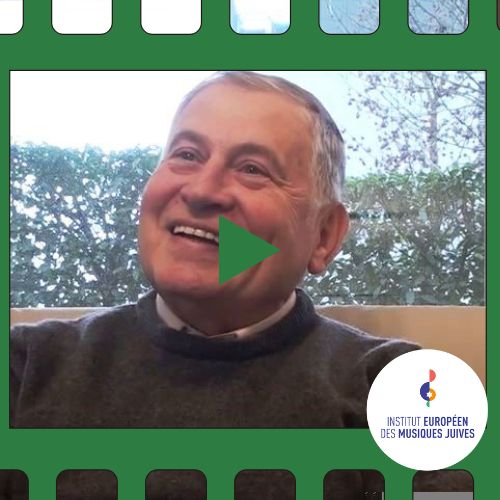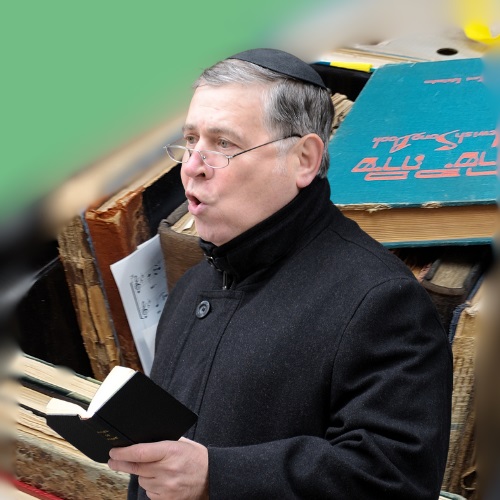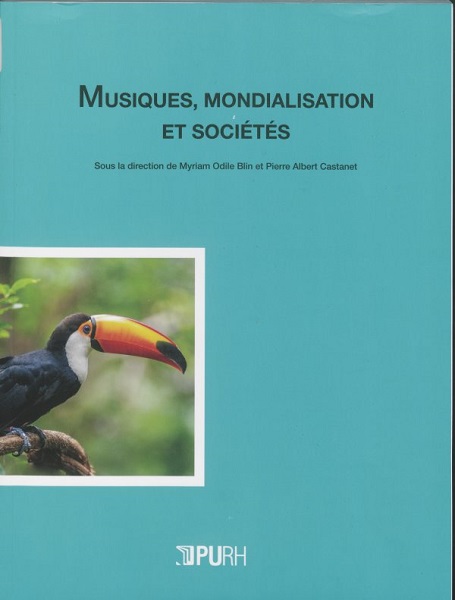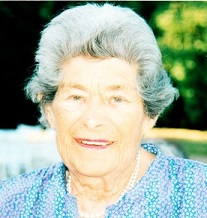
Daughter of Fernand Halphen and Alice de Koenigswarter, Henriette Halphen inherited a taste for music and art from her parents. In 1931, she composed two charming melodies for the organ, Ombre et Lumière and Sérénité (see below, in the IEMJ’s Halphen collection). It was only after her death that her precocious musical talents were discovered: Henriette remained discreet about her past, preferring always to speak of the present and the future.
At the age of six, she lost her father, who had died for France, and,  with her younger brother Georges, spent most of her youth brooded over by a mother terrorized by germs, between the château de la Chapelle en Serval, a hunting lodge commissioned by her father from Guillaume Tronchet, the Hôtel on rue Dumont D’Urville where Alice Halphen held a popular salon, the Castel Fiorentino in Roquebrune Cap Martin, La Sauvagère in Villers-sur-Mer and the Château de Champs, owned by the parents of her best friend, Colette Cahen d’Anvers (1911-1969).
with her younger brother Georges, spent most of her youth brooded over by a mother terrorized by germs, between the château de la Chapelle en Serval, a hunting lodge commissioned by her father from Guillaume Tronchet, the Hôtel on rue Dumont D’Urville where Alice Halphen held a popular salon, the Castel Fiorentino in Roquebrune Cap Martin, La Sauvagère in Villers-sur-Mer and the Château de Champs, owned by the parents of her best friend, Colette Cahen d’Anvers (1911-1969).
In 1937, she married Jacques Schumann (1909-1987), lawyer and family friend. The long list of names associated with the wedding gifts reflects the couple’s integration into the upper echelons of Parisian society. The couple’s honeymoon would take them to Southeast Asia, from China to Vietnam, a region they would treasure for the rest of their lives.
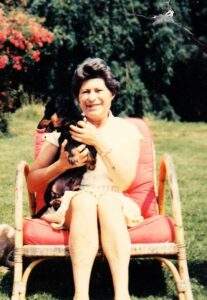 On their return, the couple moved into one of architect Michel Roux Spitz’s most beautiful buildings, at 115 avenue Henri Martin. Their apartment reflects an eclectic taste in which the collections of Impressionist and modern paintings inherited from Alice Halphen stand side by side with the archaeological objects, antique musical instruments and medals that the couple collect with a passion. One of Henriette’s favorite paintings, which hangs in her bedroom in Paris, is Odilon Redon’s Buddha Walking in Flowers (Bouddha marchant dans les fleurs), purchased by her own mother. The serenity of the central figure, the exuberance of the surrounding vegetation and the richness of the colors reflect in part Henriette’s contrasting character: discreet and shy, keeping her passion for nature and painting deep within her.
On their return, the couple moved into one of architect Michel Roux Spitz’s most beautiful buildings, at 115 avenue Henri Martin. Their apartment reflects an eclectic taste in which the collections of Impressionist and modern paintings inherited from Alice Halphen stand side by side with the archaeological objects, antique musical instruments and medals that the couple collect with a passion. One of Henriette’s favorite paintings, which hangs in her bedroom in Paris, is Odilon Redon’s Buddha Walking in Flowers (Bouddha marchant dans les fleurs), purchased by her own mother. The serenity of the central figure, the exuberance of the surrounding vegetation and the richness of the colors reflect in part Henriette’s contrasting character: discreet and shy, keeping her passion for nature and painting deep within her.
At the outbreak of the Second World War, Jacques managed to secure a position as a law professor at the University of Geneva, and Henriette joined him after a few months with her mother and newborn daughter Odile, crossing France under dramatic conditions. Their Paris apartment and the Château de la Chapelle-en-Serval, like all the homes of their respective families, were plundered by the Nazis, and their collections spoliated. Living in Geneva and having survived the war, Henriette fought to recover their property.
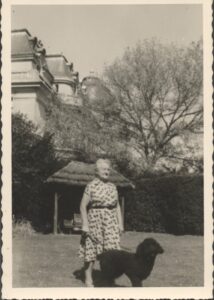
While her brother Georges took possession of the Chapelle-en-Serval estate, Henriette and Jacques bought a property not far from there, the Moulin du Plessis-Luzarches, which they transformed into an elegant haven of peace where Henriette grew her beloved roses. Here they welcome their cousins, Elie and Liliane de Rothschild, who regularly visit as neighbors from Royaumont.
In 1965, three years after the death of her mother and the painful loss of her youngest daughter, she and her brother decided to sell their father’s 1727 Stradivarius to the violinist Joseph Benvenuti. With her husband, who became vice-president of the Friends of the Louvre, Henriette continued to collect and support French museums, while traveling the world. In memory of her husband Jacques, who died in 1987, she donated the bust of Ramses II to the Louvre, which today welcomes visitors to the upper part of the Egyptian Antiquities department. In recognition of her donations and support for French museums, she was shortly afterwards awarded the Ordre des Arts et Lettres by her friend Michel Laclotte, former director of the Louvre.
Henriette was a lifelong oil painter. She exhibited regularly at the Salon d’Automne, the Salon du XVIe arrondissement and the André Weil gallery on rue Matignon. Until her last days, she continued to paint portraits, flowers and landscapes between Paris and Plessis-Luzarches, finding in this her true passion, in the worthy tradition of her father.
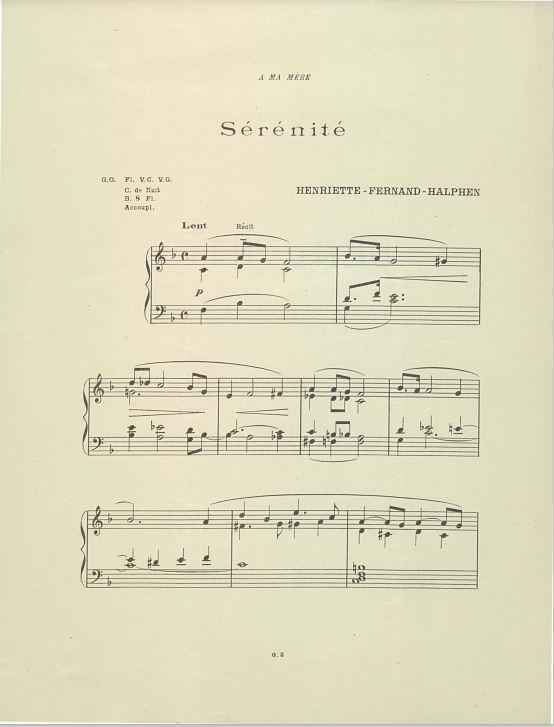
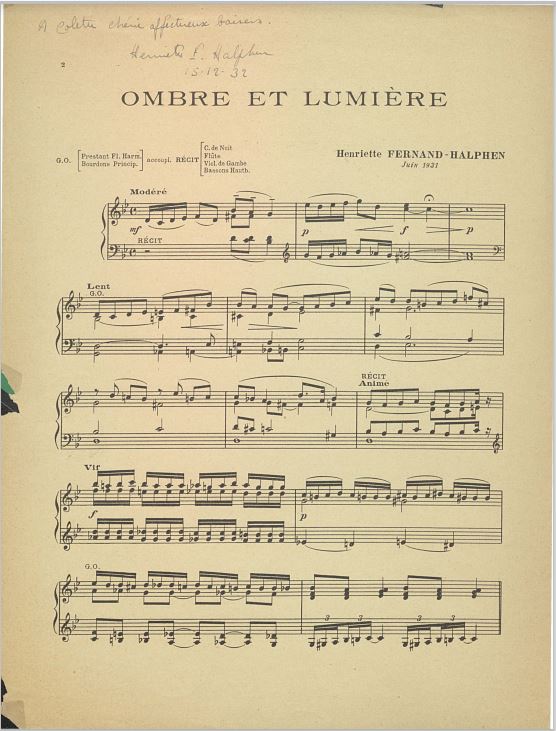


More information about Fernand Halphen
Browse the IEMJ’s Halphen collection
